Japan was hit by one of the worst natural disasters in recorded history on March 11, 2011, when a strong underwater earthquake caused a tsunami and this is one of the most shocking facts about the Japan tsunami.
This incident had an important impact on the country and the rest of the world in addition to causing extensive damage and sparking a nuclear accident.
Let’s look at some interesting and depressing details regarding the 2011 Japan tsunami.
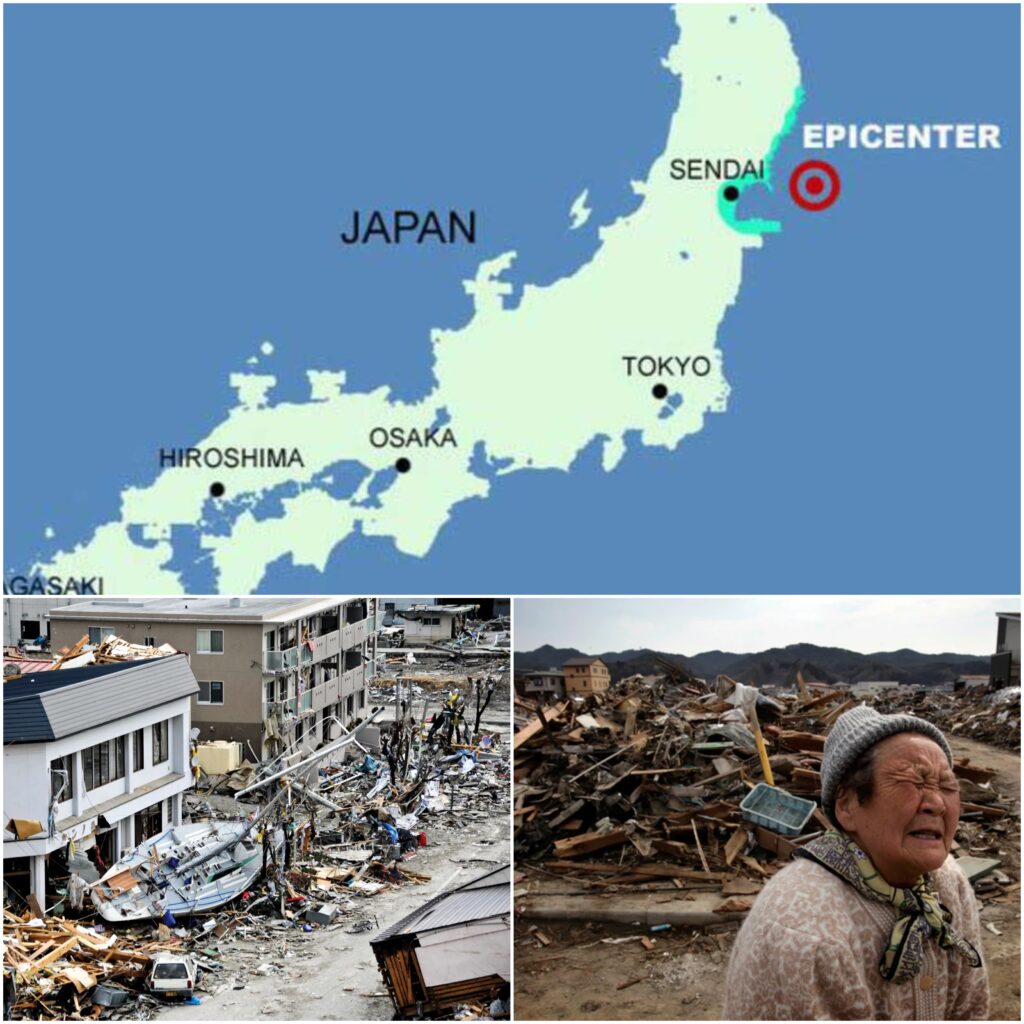
What Are Some Interesting Facts About the Japan Tsunami?
The Magnitude of the Earthquake
With a magnitude of 9.0, the earthquake that set off the tsunami was one of the biggest in recorded human history.
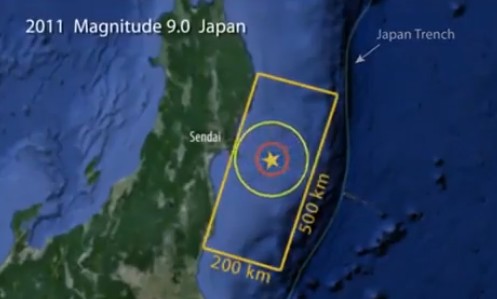
The epicenter of the earthquake, which went by the name Tōhoku, was situated 72 kilometers off the coast of the Oshika Peninsula.
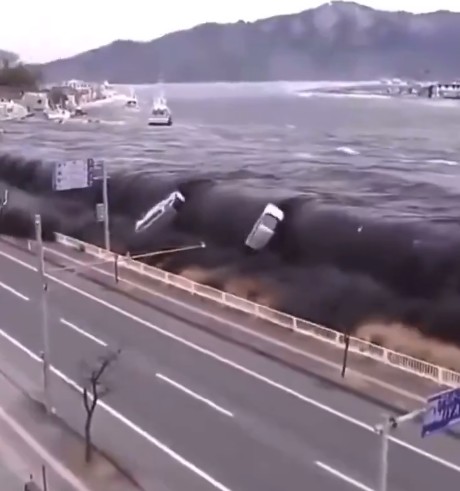
The magnitude of the earthquake was so great that it caused the Earth's axis to move by an estimated 10 to 25 cm and a few microseconds was added to the duration of a day.
The Tsunami’s Unprecedented Speed and Height
The earthquake created extremely fast tsunami waves that might span the Pacific Ocean at up to 500 miles per hour (800 kilometers per hour).
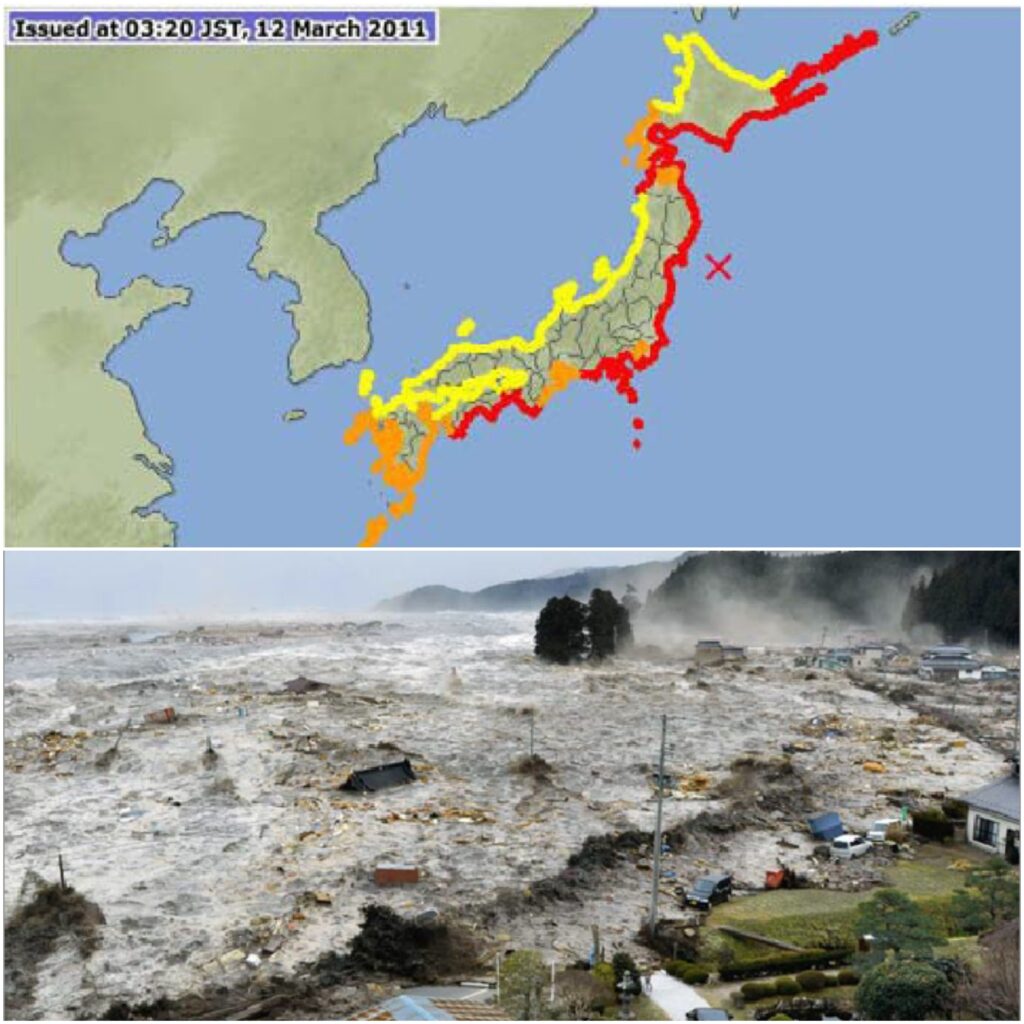
When the waves hit the shore of Japan, they may reach heights of more than 40 meters in some places, completely destroying entire villages and towns.
These huge waves destroyed everything in their path as they broke past seawalls and went up to 10 kilometers inland.
Widespread Devastation – Cities and Lives Affected
The tsunami’s catastrophic devastation was unparalleled in its scope. Tragically, almost 18,000 people died and thousands more were forced from their homes.
Complete cities were erased off the map, including Minamisanriku and Rikuzentakata.
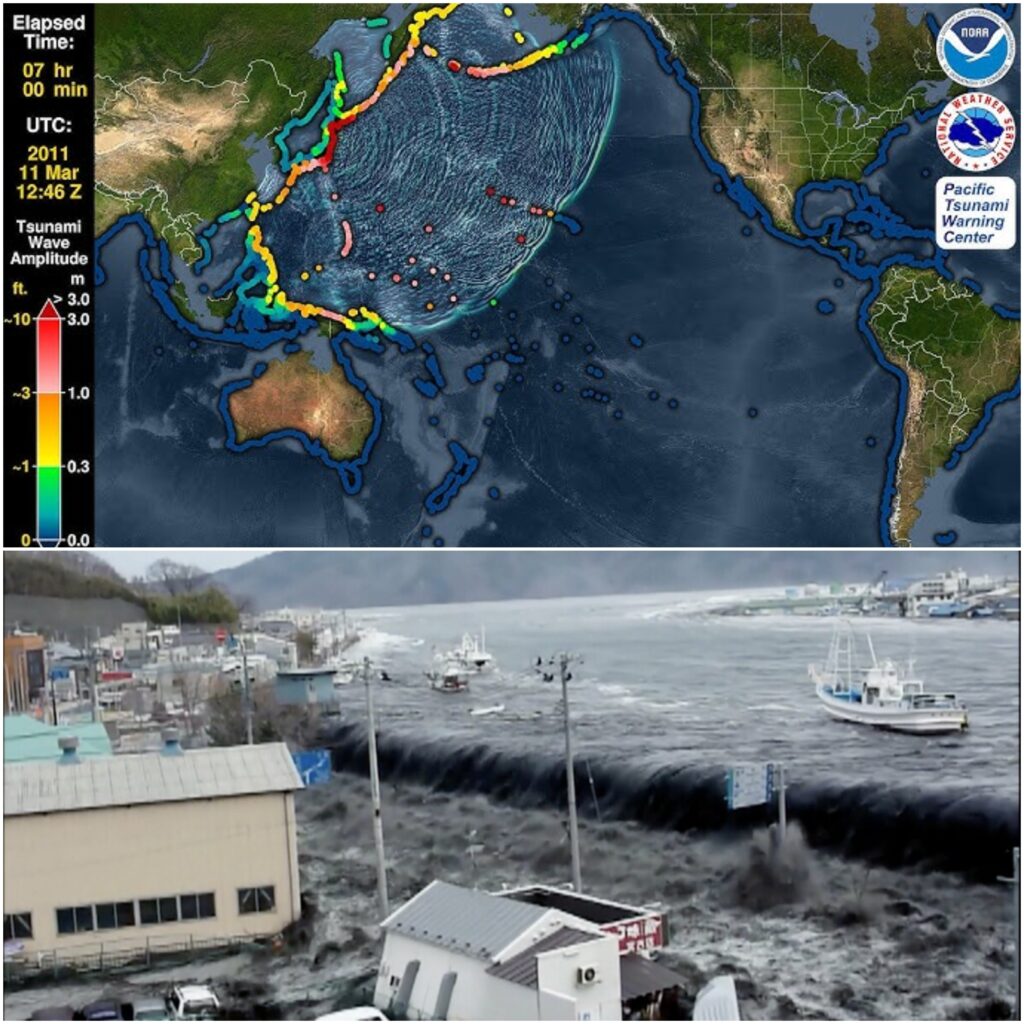
Also, the tsunami-damaged over a million buildings, with around 400,000 homes destroyed or seriously damaged.
Many survivors struggled terribly to deal with the loss of their homes, jobs, and loved ones.
The Fukushima Nuclear Disaster – A Secondary Crisis
The Fukushima Daiichi nuclear accident was one of the tsunami’s most important and concerning impacts.
The huge tsunami caused a catastrophic breakdown at the Fukushima nuclear power plant as it broke over Japan’s defenses.
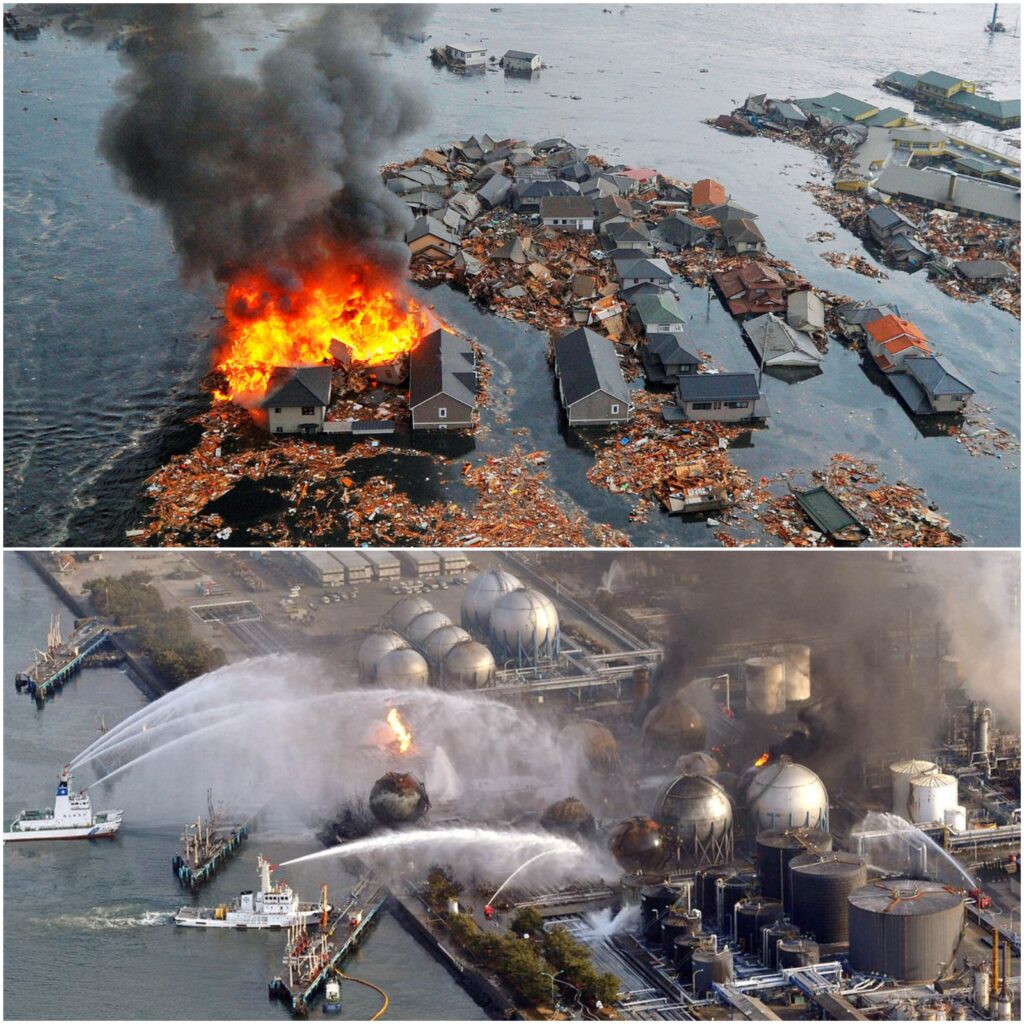
The deactivation of several reactor cooling systems resulted in the meltdown of three nuclear power plants.
In the aftermath of the radioactive material leak, almost 150,000 people had to be evacuated from the affected locations.
Since the 1986 Chernobyl tragedy, it has become the worst nuclear tragedy.
Global Impact and Aid Efforts
The world reacted to the catastrophe in Japan in an overwhelming way.
Various sorts of relief were provided by countries worldwide, ranging from financial donations to emergency assistance.
Many countries, including the US, China, Australia, and the UK, donated funding and assistance totaling millions of dollars.

Private businesses and non-governmental organizations (NGOs) were important in supporting Japan's recovery from the catastrophe.
Japan’s bravery and the global overflow of sympathy highlighted humanity’s capacity to come together as a collective during times of difficulty.
The Remarkable Recovery of Japan
Japan’s recovery efforts have been nothing short of amazing despite all of the destruction.
Rebuilding entire villages, infrastructure, and towns took years of hard work and billions of dollars.

Japan has rebuilt homes, reopened businesses and schools, and restored much of the destroyed areas in the 10 years that have passed since the disaster.
More significantly, during this national catastrophe, the Japanese people showed amazing courage and unity, rebuilding their lives while paying tribute to the dead.
Technological and Disaster Preparedness Improvements
Japan dramatically enhanced its preparations for disasters after the tsunami.
The country implemented advanced early warning systems, such as real-time seismic activity monitoring and the use of satellite technology.
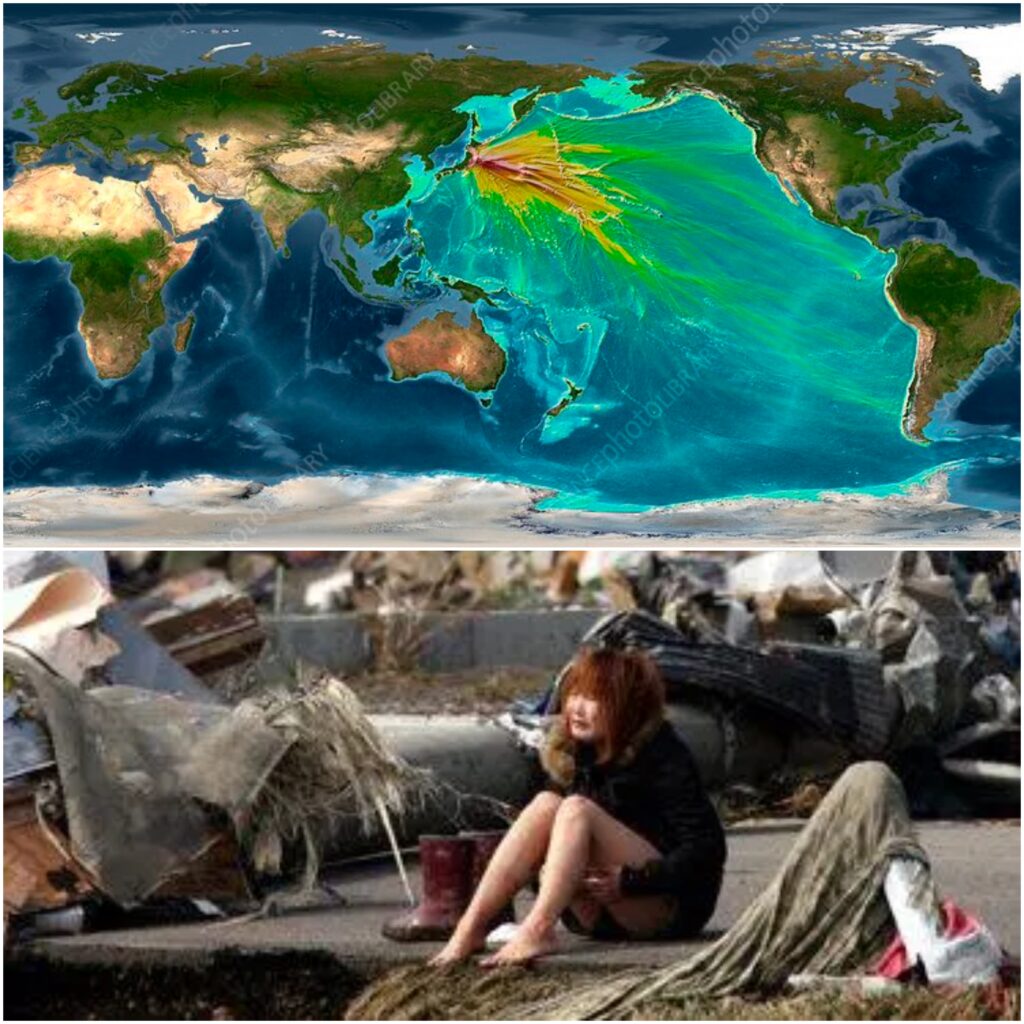
Japan also strengthened its coastal defenses by building taller seawalls, creating escape routes, and informing people about how to evacuate.
Japan is now more prepared to handle tsunamis and other disasters in the future due to these actions.
Environmental Aftermath – Lasting Effects on the Ocean and Coastline
The tsunami had a major impact on the environment. Large parts of the ocean floor were moved by the waves’ force, which had an impact on the nearby marine life.
In addition, automobiles, homes, and other trash from the catastrophe ended up in the Pacific Ocean.
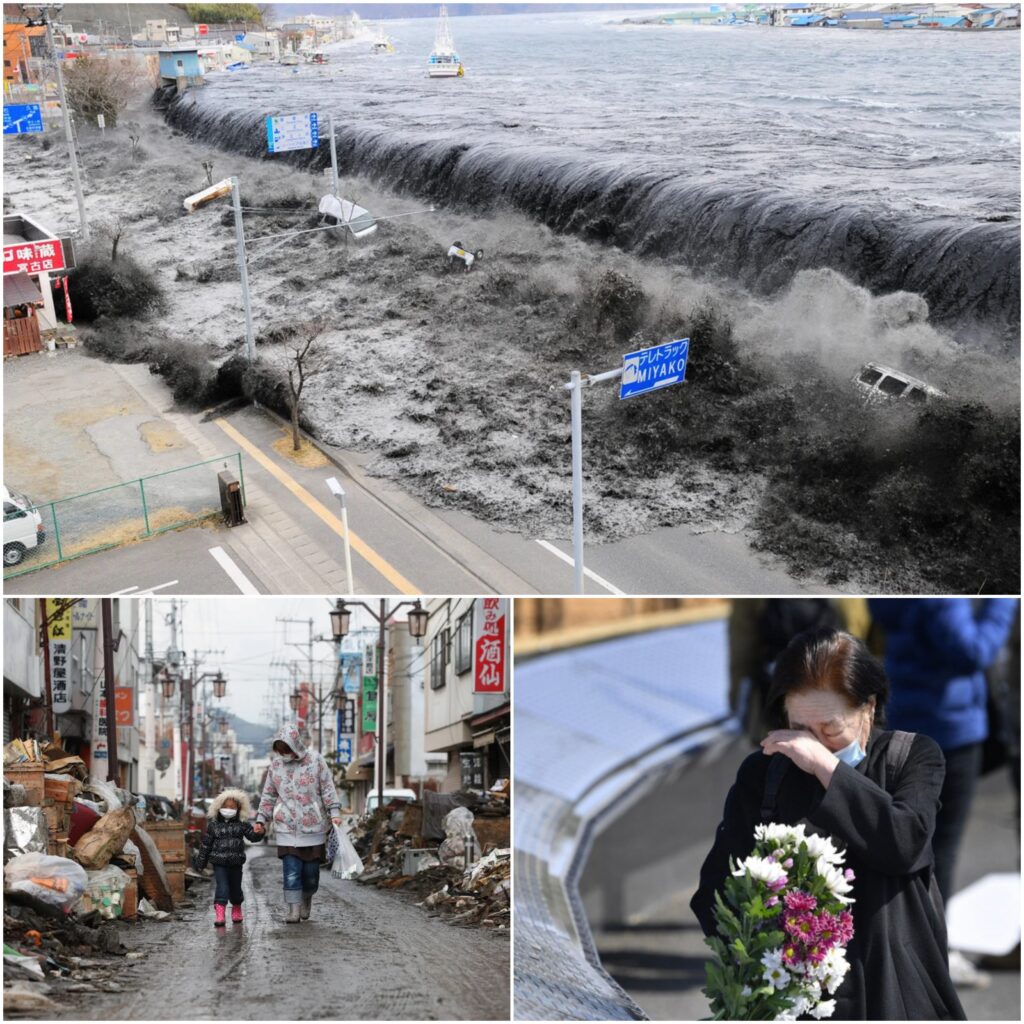
The fact that this debris eventually washed up on coasts in Canada and the United States highlighted the event’s wide-ranging effects.
The changes in the environment also caused disturbances to marine ecosystems, displacing or injuring certain species.
Memorials and Remembrance – Honoring the Victims
Japan has constructed some memorials in memory of the tsunami victims.
March 11th is the day for annual events honoring the lives lost and the towns damaged.
In addition to standing as a reminder of the tragedy, these memorials offer hope and fortitude to generations to come.
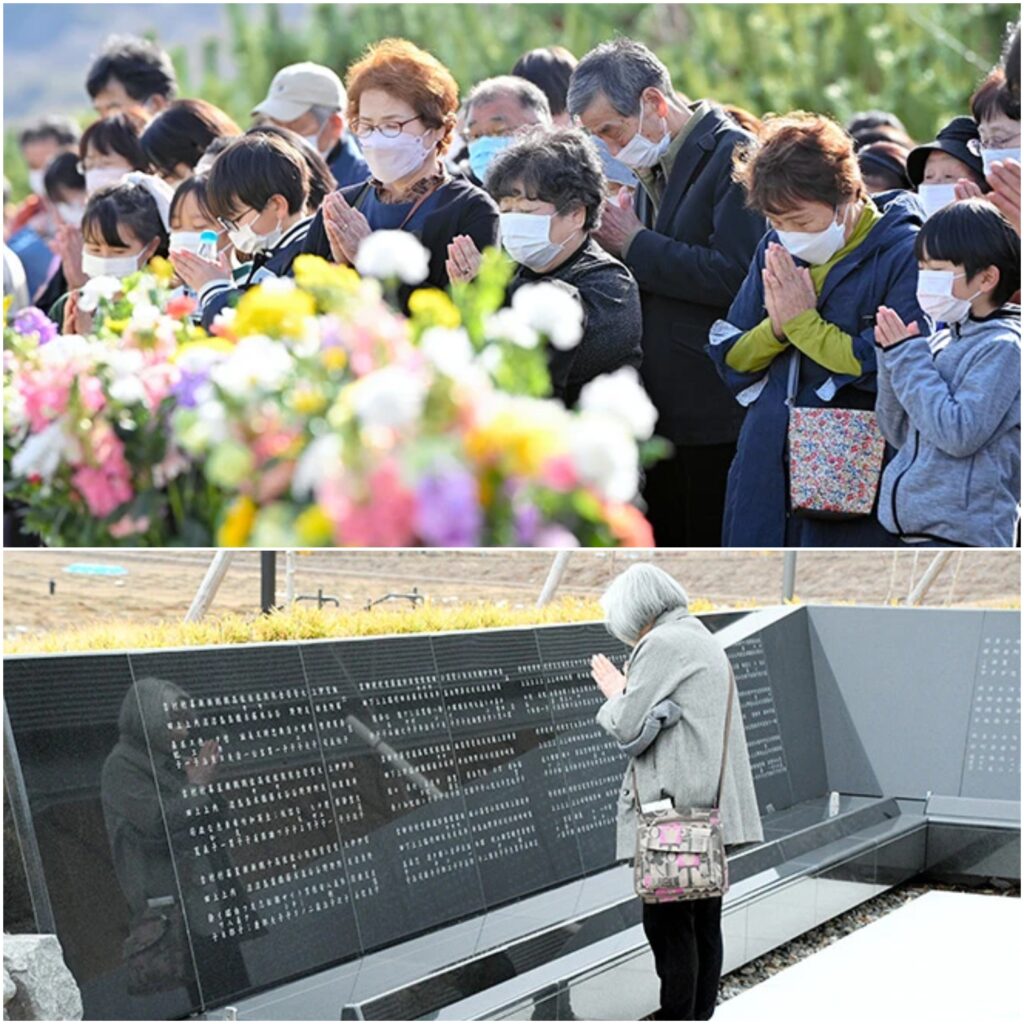
The Japanese people make sure that the incident is never forgotten, showing the country's adaptability and strength while also suffering the loss.
Lessons Learned from the Japan Tsunami
Since the 2011 tsunami in Japan was a catastrophe of gigantic dimensions, it also facts about the Japan tsunami taught important lessons to the world
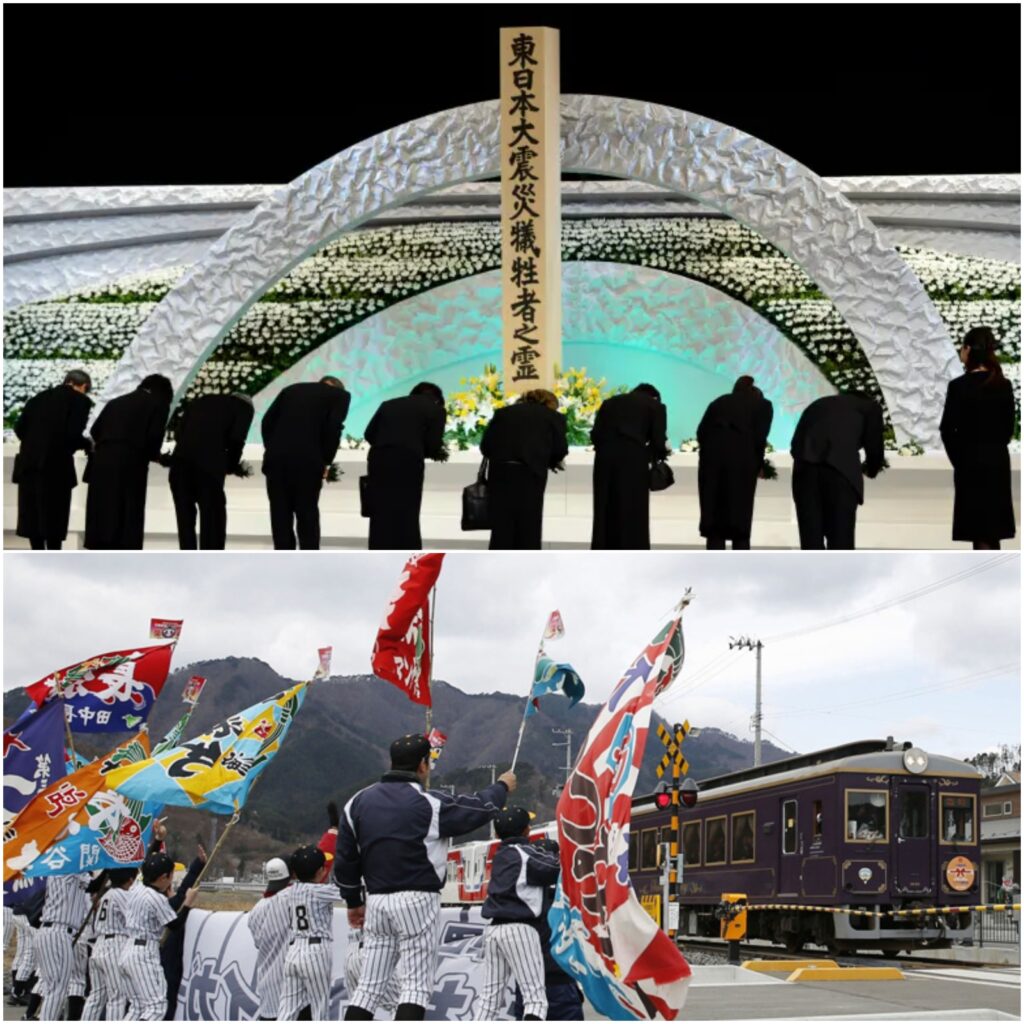
Absolutely, nature has great force, but so does the human spirit's determination. Japan's strength and unity can be seen by its ability to bounce back from such a tragic incident.
Also, following improvements to disaster planning have enhanced safety protocols globally, ensuring that countries are better prepared to manage such disasters in the future.
“Watch this shocking footage of the 2011 Japan tsunami and see how the nation bounced back from disaster!”
Read Also: Curious about Japan? Check out these 15 amazing and shocking facts about life in Japan that will blow your mind!
